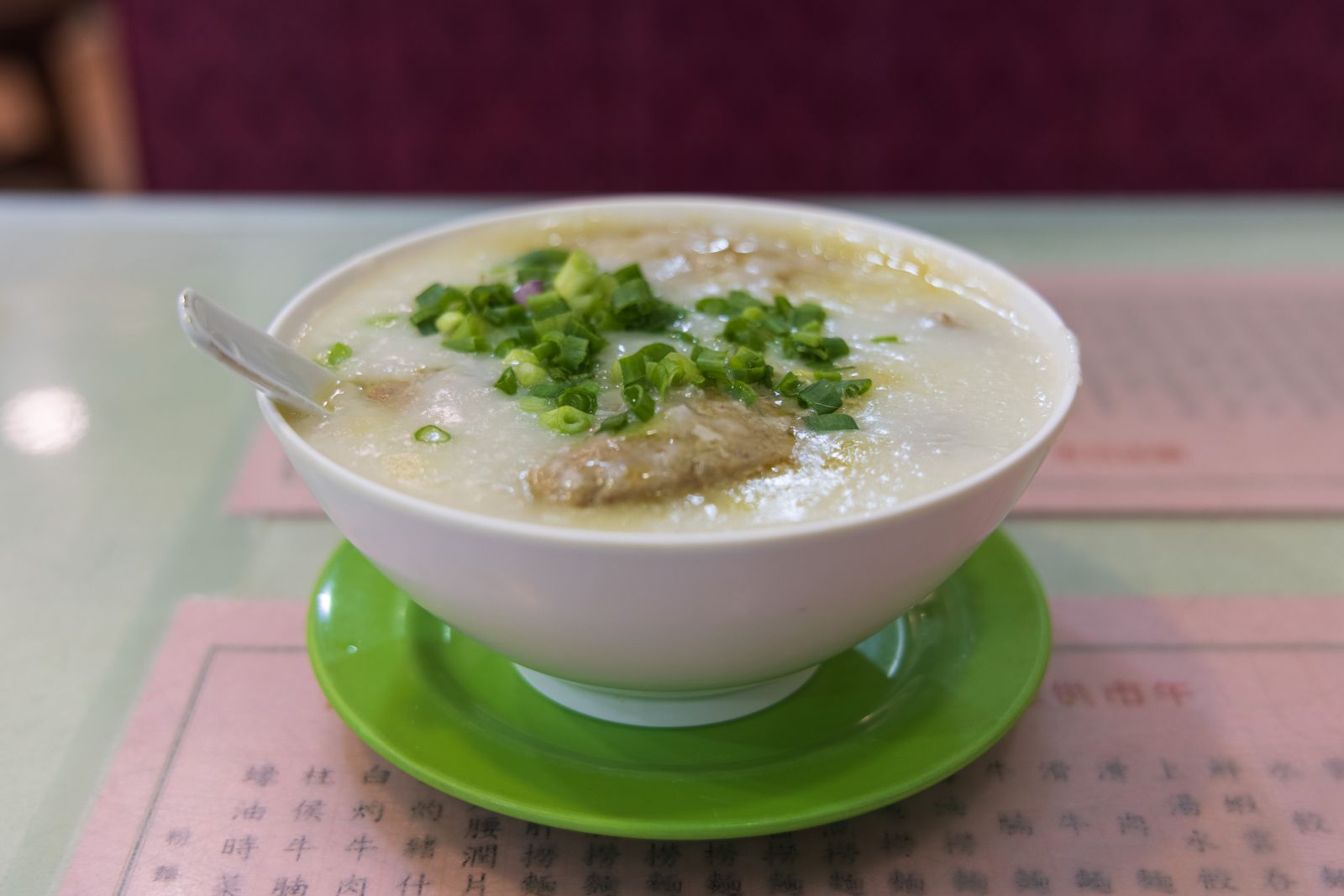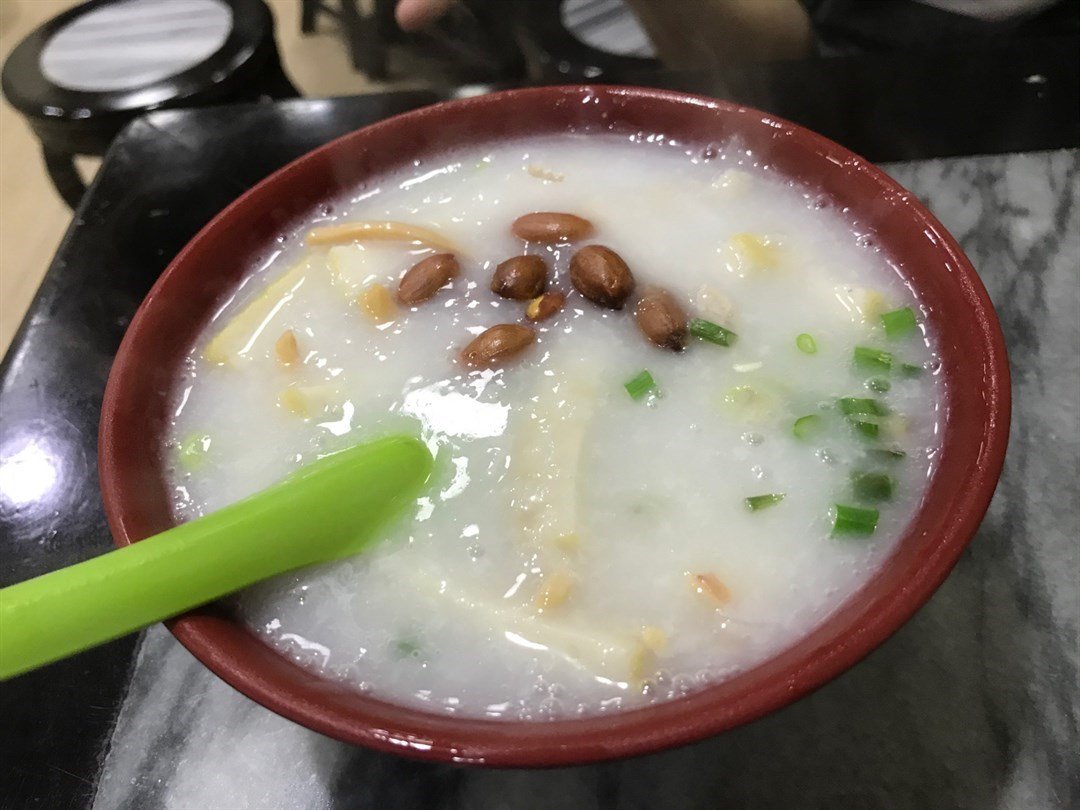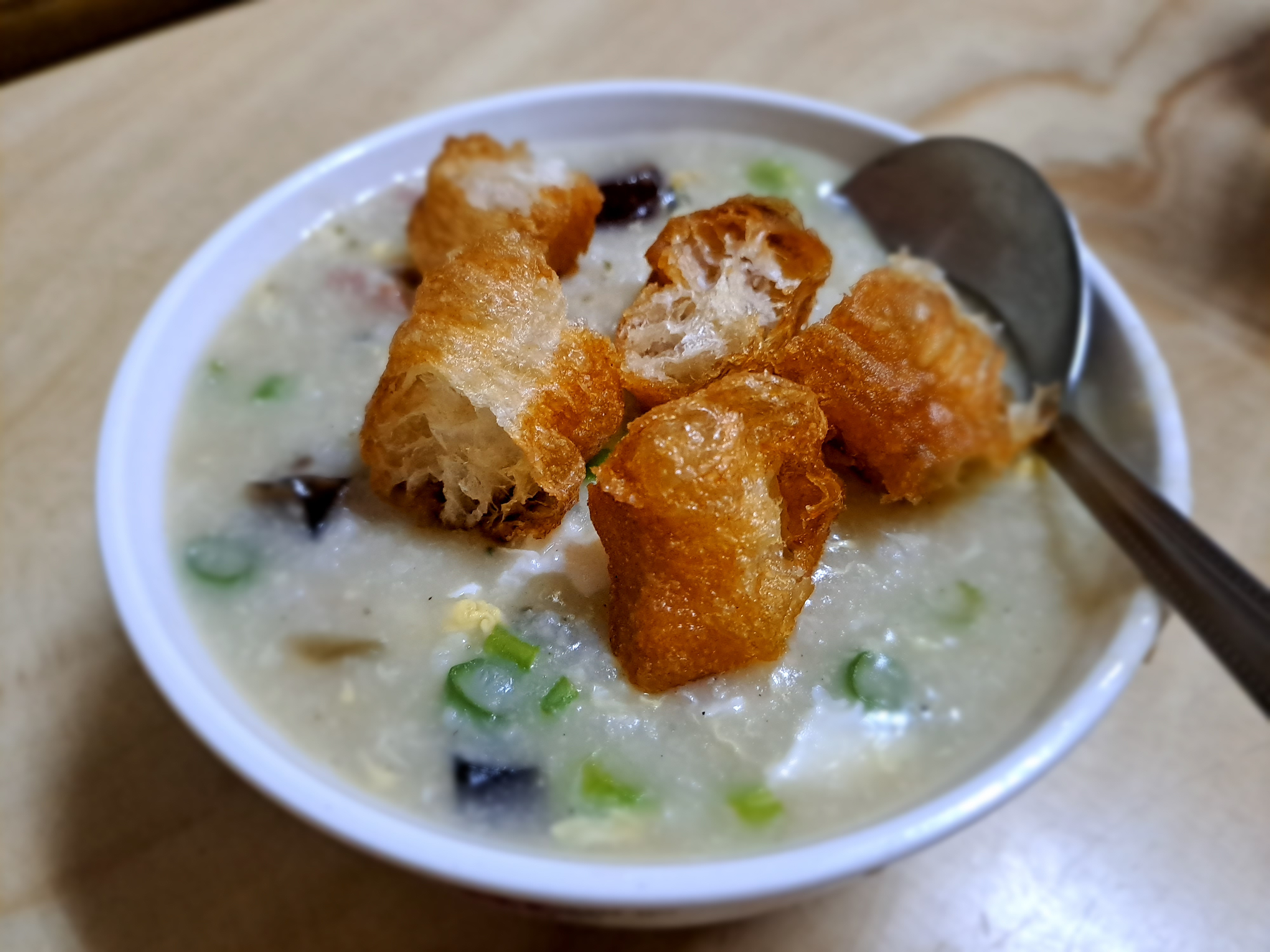In Hong Kong, rice porridge - known as congee - remains a pillar of the local culinary scene, despite the city's lack of war or famine. This comforting dish plays a vital role in the dietary habits of Hong Kong's sedentary population, as it counters the effects of long working hours, frequent late nights, stress, and unhealthy diets. Congee, being high in energy and easily digestible, provides a nourishing alternative to more oily and salty foods. It serves as a soothing remedy for stress, lack of sleep, and poor nutrition. Furthermore, it is a preferred choice when feeling unwell due to its warming and calming properties.
Our Recommendation
Navigating the array of congee restaurants in Hong Kong can be an exciting adventure. Each establishment may serve a selection of congee types, yet not all may be available at a single location. Therefore, enjoying the full variety of congee might require visiting different restaurants - a gastronomic journey to look forward to!
Raw Boiled Congee (生滾粥)
The Raw Boiled Congee method involves the addition of raw ingredients, such as seafood or meat, to boiling congee. This process starts with a base congee that perfectly complements the raw ingredients, which may include fresh fish slices, pork, beef, offal, or even abalone. The outcome is a congee with a distinctive freshness, emphasizing the ingredients' natural flavors. For those exploring restaurants offering this delicacy, the fish fillet (魚片粥) or congee with lean pork, liver, and kidney (及第粥) are highly recommended.

Sampan Congee (艇仔粥)
Named after the small wooden boats or "sampans" used by Hong Kong's fishermen, Sampan Congee possesses a naturally fresh, sweet, and delightful taste due to the seafood used in its preparation. It also incorporates other ingredients like pork crackling, squid, minced beef, and peanuts, which create an interesting contrast of texture and flavor in each bite. With its affordability and rich taste, it has become a popular food choice among the working class.

Pork and Century Egg Congee(皮蛋瘦肉粥)
"pidan" (皮蛋), with its custard-like yolk and jelly-like white, create a unique, complex flavor profile. Seasoned with ingredients such as ginger, scallions, and soy sauce, it is garnished with chopped spring onions, cilantro, and deep-fried Chinese breadsticks (You Tiao 油條) for added texture and flavor. This congee variety is widely available in local food stalls ("daai pai dong" 大牌檔) and casual eateries ("cha chaan teng" 茶餐廳), signifying the vibrancy of Hong Kong's street food culture.

Oyster Congee (蠔仔粥)
A culinary exploration of Hong Kong would be incomplete without tasting Oyster Congee. This variant, or Teochew (潮州) porridge in general, was introduced to Hong Kong by mainland Chinese migrants. Unlike other versions where the rice is simmered to a smooth texture, Teochew congee resembles a mixture of soup and rice. Fresh oysters are cooked until they are tender yet slightly chewy. The use of ginger and green onions is crucial to balance any fishiness, adding a delightful zing to the dish.
.jpg)
Embark on a journey through Hong Kong's culinary scene by experiencing the tradition of congee. Plan a visit and let the unforgettable experience of enjoying this comforting dish enhance the charm of the trip!
Read More: Top 3 Rice Porridge Restaurants
